2,4-Pentandione
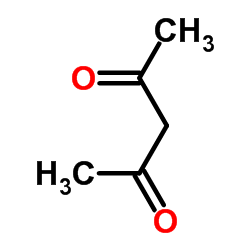
2,4-Pentandione structure
|
Common Name | 2,4-Pentandione | ||
|---|---|---|---|---|
| CAS Number | 123-54-6 | Molecular Weight | 100.116 | |
| Density | 1.0±0.1 g/cm3 | Boiling Point | 138.4±13.0 °C at 760 mmHg | |
| Molecular Formula | C5H8O2 | Melting Point | -23 °C | |
| MSDS | Chinese USA | Flash Point | 43.1±16.8 °C | |
| Symbol |


GHS02, GHS06 |
Signal Word | Danger | |
| Name | acetylacetone |
|---|---|
| Synonym | More Synonyms |
| Density | 1.0±0.1 g/cm3 |
|---|---|
| Boiling Point | 138.4±13.0 °C at 760 mmHg |
| Melting Point | -23 °C |
| Molecular Formula | C5H8O2 |
| Molecular Weight | 100.116 |
| Flash Point | 43.1±16.8 °C |
| Exact Mass | 100.052429 |
| PSA | 34.14000 |
| LogP | 0.34 |
| Vapour density | 3.5 (vs air) |
| Vapour Pressure | 6.7±0.3 mmHg at 25°C |
| Index of Refraction | 1.395 |
| Water Solubility | 16 g/100 mL (20 ºC) |
CHEMICAL IDENTIFICATION
HEALTH HAZARD DATAACUTE TOXICITY DATA
MUTATION DATA
|
| Symbol |


GHS02, GHS06 |
|---|---|
| Signal Word | Danger |
| Hazard Statements | H226-H302-H311-H331 |
| Precautionary Statements | P261-P280-P311 |
| Personal Protective Equipment | Eyeshields;Faceshields;full-face respirator (US);Gloves;multi-purpose combination respirator cartridge (US);type ABEK (EN14387) respirator filter |
| Hazard Codes | Xn:Harmful |
| Risk Phrases | R10;R22 |
| Safety Phrases | S21-S23-S24/25 |
| RIDADR | UN 2310 3/PG 3 |
| WGK Germany | 1 |
| RTECS | SA1925000 |
| Packaging Group | III |
| Hazard Class | 3 |
| HS Code | 2914190090 |
| Precursor 9 | |
|---|---|
| DownStream 10 | |
| HS Code | 2914190090 |
|---|---|
| Summary | 2914190090 other acyclic ketones without other oxygen function。Supervision conditions:None。VAT:17.0%。Tax rebate rate:9.0%。MFN tariff:5.5%。General tariff:30.0% |
|
The "New Polyethylene Glycol Dilemma": Polyethylene Glycol Impurities and Their Paradox Role in mAb Crystallization.
J. Pharm. Sci. 104 , 1938-45, (2015) Polyethylene glycols (PEG) represent the most successful and frequently applied class of excipients used for protein crystallization. PEG auto-oxidation and formation of impurities such as peroxides a... |
|
|
Bi-phasic titanium dioxide nanoparticles doped with nitrogen and neodymium for enhanced photocatalysis.
Nanoscale 7 , 17735-44, (2015) Bi-phasic or multi-phasic composite nanoparticles for use in photocatalysis have been produced by a new synthetic approach. Sol-gel methods are used to deposit multiple layers of active material onto ... |
|
|
Vanadium(IV) and copper(II) complexes of salicylaldimines and aromatic heterocycles: Cytotoxicity, DNA binding and DNA cleavage properties.
J. Inorg. Biochem. 147 , 134-46, (2015) Five copper(II) complexes, [Cu(sal-Gly)(bipy)](1), [Cu(sal-Gly)(phen)] (2), [Cu(sal-l-Ala)(phen)] (3), [Cu(sal-D-Ala)(phen)] (4), [Cu(sal-l-Phe)(phen)] (5) and five oxidovanadium(IV) complexes, [V(IV)... |
| EINECS 204-634-0 |
| Acetone, acetyl- |
| 2,4-Dioxopentane |
| Acetylaeetone |
| Diacetylmethane |
| MeC(O)CH2C(O)Me |
| acetyl |
| Acetyl-propanone-2 |
| MFCD00008787 |
| 2,4-Pentadione |
| 2,4-Pentanedione |
| pentan-2,4-dione |
| Axetacetone |
| ACAC |
| FEMA 2841 |
| Pentanedione |
| Acetylactone |
| acetylaceton |
| CH3-CO-CH2-CO-CH3 |
| acetoacetone |
| Pentane-2,4-dione |
| Hacac |
| 2,4-pentandione |
| acetyl-aceton |
| CH3COCH2COCH3 |
| Acetylacetone |
| 1V1V1 |
 CAS#:17257-79-3
CAS#:17257-79-3 CAS#:141-78-6
CAS#:141-78-6 CAS#:67-64-1
CAS#:67-64-1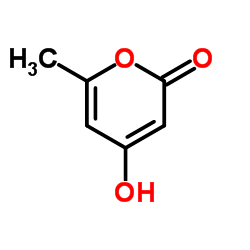 CAS#:675-10-5
CAS#:675-10-5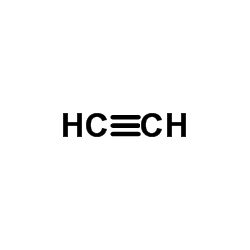 CAS#:74-86-2
CAS#:74-86-2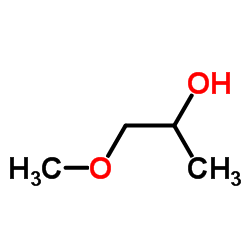 CAS#:107-98-2
CAS#:107-98-2 CAS#:3264-82-2
CAS#:3264-82-2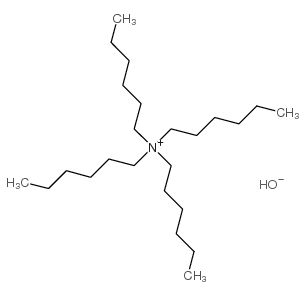 CAS#:17756-56-8
CAS#:17756-56-8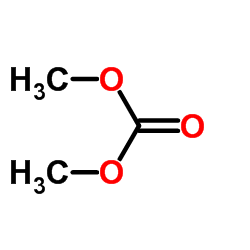 CAS#:616-38-6
CAS#:616-38-6![Pyrimido[1,2-a]benzimidazol-2-amine, 4-methyl- (9CI) structure](https://image.chemsrc.com/caspic/085/111306-36-6.png) CAS#:111306-36-6
CAS#:111306-36-6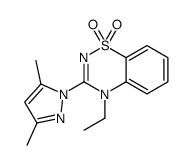 CAS#:107089-83-8
CAS#:107089-83-8 CAS#:64122-32-3
CAS#:64122-32-3 CAS#:112114-42-8
CAS#:112114-42-8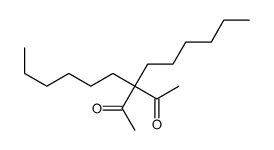 CAS#:112114-41-7
CAS#:112114-41-7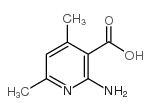 CAS#:106837-89-2
CAS#:106837-89-2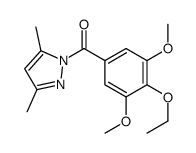 CAS#:108132-59-8
CAS#:108132-59-8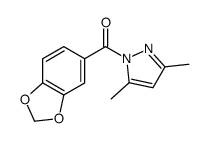 CAS#:108132-58-7
CAS#:108132-58-7![3-[phenyl(piperidin-1-yl)methyl]pentane-2,4-dione structure](https://image.chemsrc.com/caspic/320/104549-51-1.png) CAS#:104549-51-1
CAS#:104549-51-1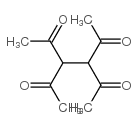 CAS#:5027-32-7
CAS#:5027-32-7
